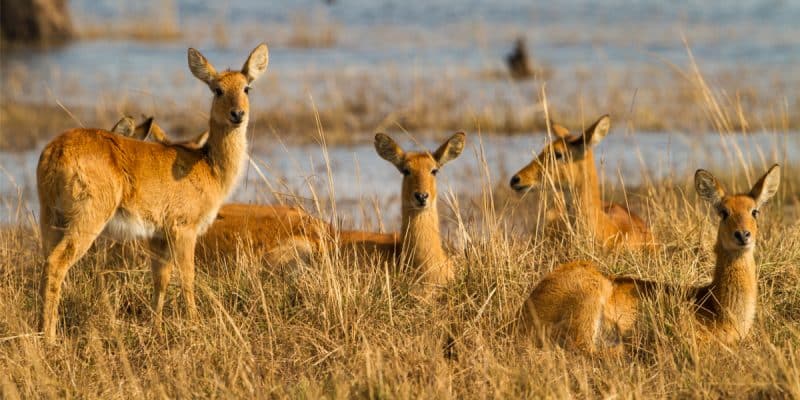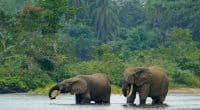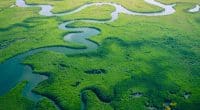The Sena Oura National Park in Chad and the Kafue National Park in Zambia have joined the United Nations Educational, Scientific and Cultural Organization's (UNESCO) World Biosphere Network. The addition of Chad and Zambia to the Unesco biosphere network this year brings the number of African reserves in the world network to 89.
Chad and Zambia, located in central and southern Africa respectively, are taking their first steps into the United Nations Educational, Scientific and Cultural Organisation’s (UNESCO) World Biosphere Network. Together with Georgia in Eastern Europe, these African states are the three countries joining the UNESCO World Biosphere Network for the first time.
“I am delighted to see three new Member States joining this useful and powerful network this year. With these new designations, Unesco’s biosphere reserves now cover a protected area of more than 1.3 million km² worldwide,” says Audrey Azoulay, Director General of Unesco. At the 34th session of the Unesco Council, held from 13 to 17 June 2022 at the organisation’s headquarters in Paris, France, a total of eleven new biosphere reserves in nine countries were approved. With these new designations, the World Network of Biosphere Reserves now comprises 738 sites in 134 countries.
Sena Oura Biosphere Reserve
Located in southwestern Chad near the border with Cameroon, the Sena Oura Biosphere Reserve is the first biosphere reserve in Chad. Created as a national park on 10 June 2008, it covers an area of 735.2 km², constituting the last intact remnants of the Sudanese savannah in the country and is home to elephants, Derby elands and giraffes. Thanks to the abundance of fertile land and favourable agro-climatic conditions, traditional agriculture and livestock rearing in particular provide a livelihood for almost 90% of the local population.
Kafue Marshes Biosphere Reserve
Covering an area of approximately 22,400 km², the Kafue Marshes Biosphere Reserve passes through several districts of archaeological and historical importance, as well as a Ramsar site and an important bird area. Located in the west of Zambia, it is the oldest and largest national park in the southern African country. It is home to over 400 bird species and several mammals, including zebra, buffalo, hippo and the endemic Kafue lechwe.
Africa in the World Biosphere Network
After the integration of Lesotho and Libya in September 2021, the arrival this year of Chad and Zambia in the Unesco biosphere network brings the number of African reserves to 89 and the number of African countries in the world network to 35.
Biosphere reserves are a cornerstone of UNESCO’s mandate as the United Nations’ scientific agency. They are at the heart of Unesco’s research and advocacy work to encourage innovative practices in sustainable development and to promote the understanding, appreciation and safeguarding of the living environment by the organisation’s communities and member states.
Boris Ngounou







